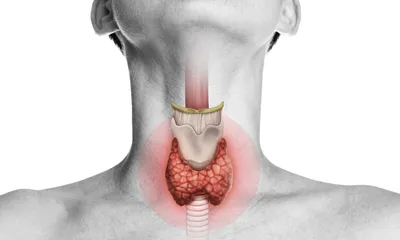Eye Problems
-
Description
-
Signs & Symptoms
-
Anatomy
-
Cause
-
Diagnosis
Eye Problems
An eye problem can be any ailment that is negatively affecting their vision or causing discomfort or pain in their eyeball. They can range from the more serious ones like glaucoma or macular degeneration to the ones that are much less of a cause for concern like allergic conjunctivitis. The eyes are arguably the most sensitive organ in the human body, and that’s why protecting them from harm is something that is a priority for people.
While you can protect eyes from physical harm with safety glasses and other forms of eye protection, many types of eye ailments will not be resulting from impact damage. They will be stemming from changes to body’s condition or related to age or genetic predisposition. Eye examinations are recommended for people at least once every two years to ensure the eyes are in good health and that vision is not deteriorating.
What Causes Eye Problems?
The cause of an eye problem will depend on the type of eye disorder the person is experiencing. In the case of glaucoma, the progressive loss of vision is because of intraocular pressure buildup in the eye. With macular degeneration it can be because of irregular blood vessel growth of fluid buildup in the back of the eye. Proteins clumping the lens of the eyes are what causes cataracts. Allergic reactions in the eyes are caused by allergens like pollen, dander, mold, or smoke getting into the eyes.
Eye problems may also be the result of other diseases, and one of the most notable ones is diabetes. Diabetes is a primary risk factor for glaucoma and prolonged high blood sugar levels may also be behind what causes eye problems. Nearsightedness and farsightedness are also common eye problems but are natural processes that occur with age and the primary reason most people require eyeglasses when they get older.
Symptoms of Eye Problems
In the same way the symptoms of eye problems will depend on the type of disorder the person is experiencing. Among the many of them are:
Blurred vision
Bloodshot eyes
Bulging eyes
Crossed eyes
Distorted vision and inaccurate depth perception
Floating vision
Eye itchiness
Light sensitivity
Dilated pupils
Papilloma
Specks or spots in vision
Eye strain
Watery eyes
Jaundice (yellowed eyes)
Treatment of Eye Problems
It is usually necessary to have a consultation with an ophthalmologist to determine the best approach to treatment of eye problems. For degenerative eye conditions like glaucoma the eye doctor will likely recommend starting a course of treatment with Combigan or a similar medication. In other instances, corrective surgery is required most of the time, as is the case with cataract treatment. The Macugen or Lucentis injections are what is typically required for treatment of macular degeneration. For allergic conjunctivitis (eye allergies) the standard approach is to use OTC antihistamine medications.
Signs & Symptoms
- Blurry vision
- Eye pain
- Redness
- Dry eyes
- Itching
- Tearing
- Floaters or spots
- Light sensitivity
- Double vision
- Headaches
Anatomy
- Cornea
- Lens
- Retina
- Optic nerve
- Macula
- Vitreous humor
- Sclera
- Iris
- Eyelids
Cause
- Refractive errors (myopia, hyperopia, astigmatism)
- Cataracts
- Glaucoma
- Macular degeneration
- Diabetic retinopathy
- Eye infections
- Allergies
- Dry eye syndrome
- Injury or trauma
- Foreign bodies in the eye
Diagnosis
- Comprehensive eye exam
- Visual acuity test
- Retinal examination
- Slit-lamp examination
- Tonometry
- Optical coherence tomography (OCT)
- Fluorescein angiography
- Ultrasound
- Blood tests



